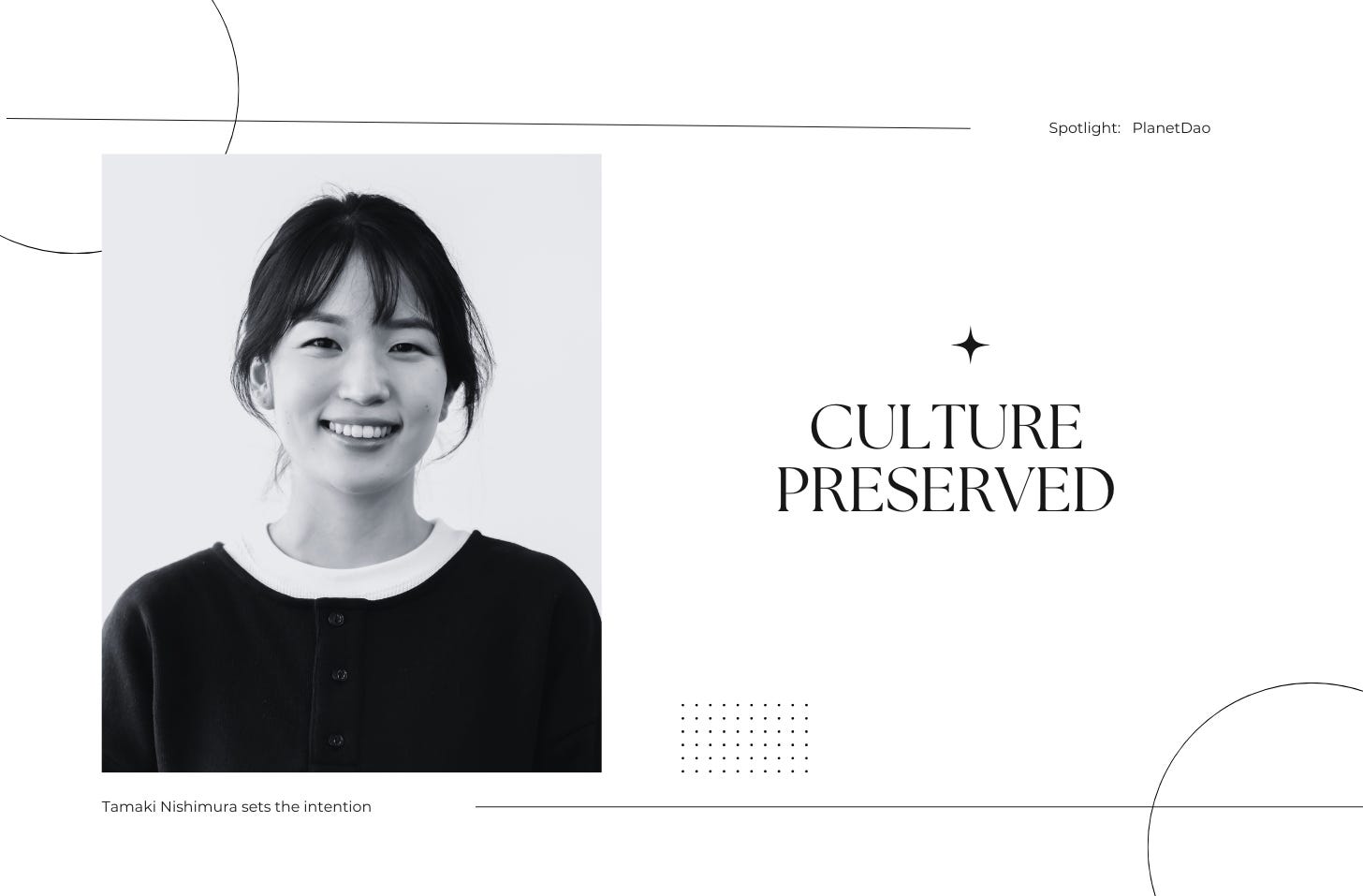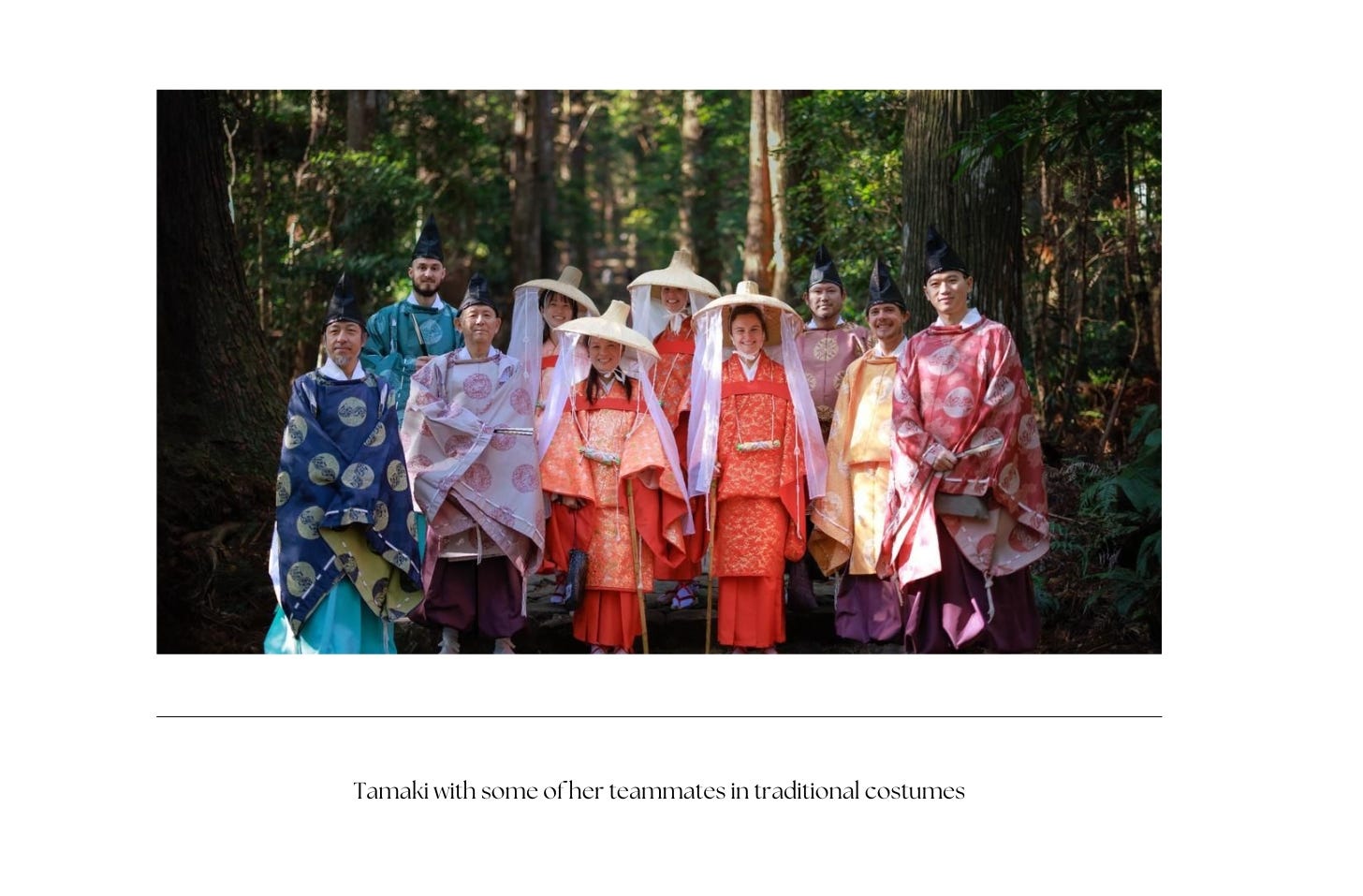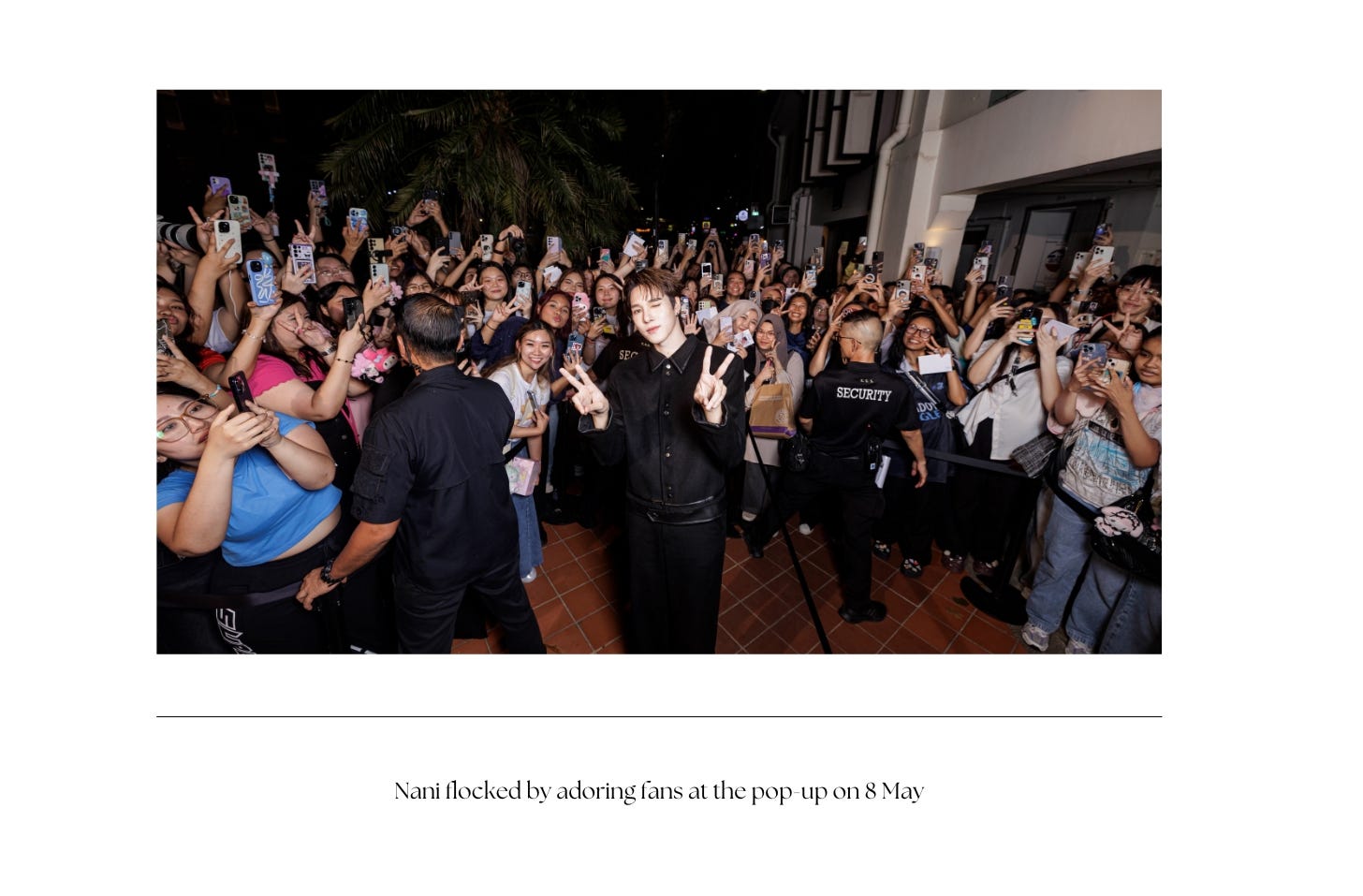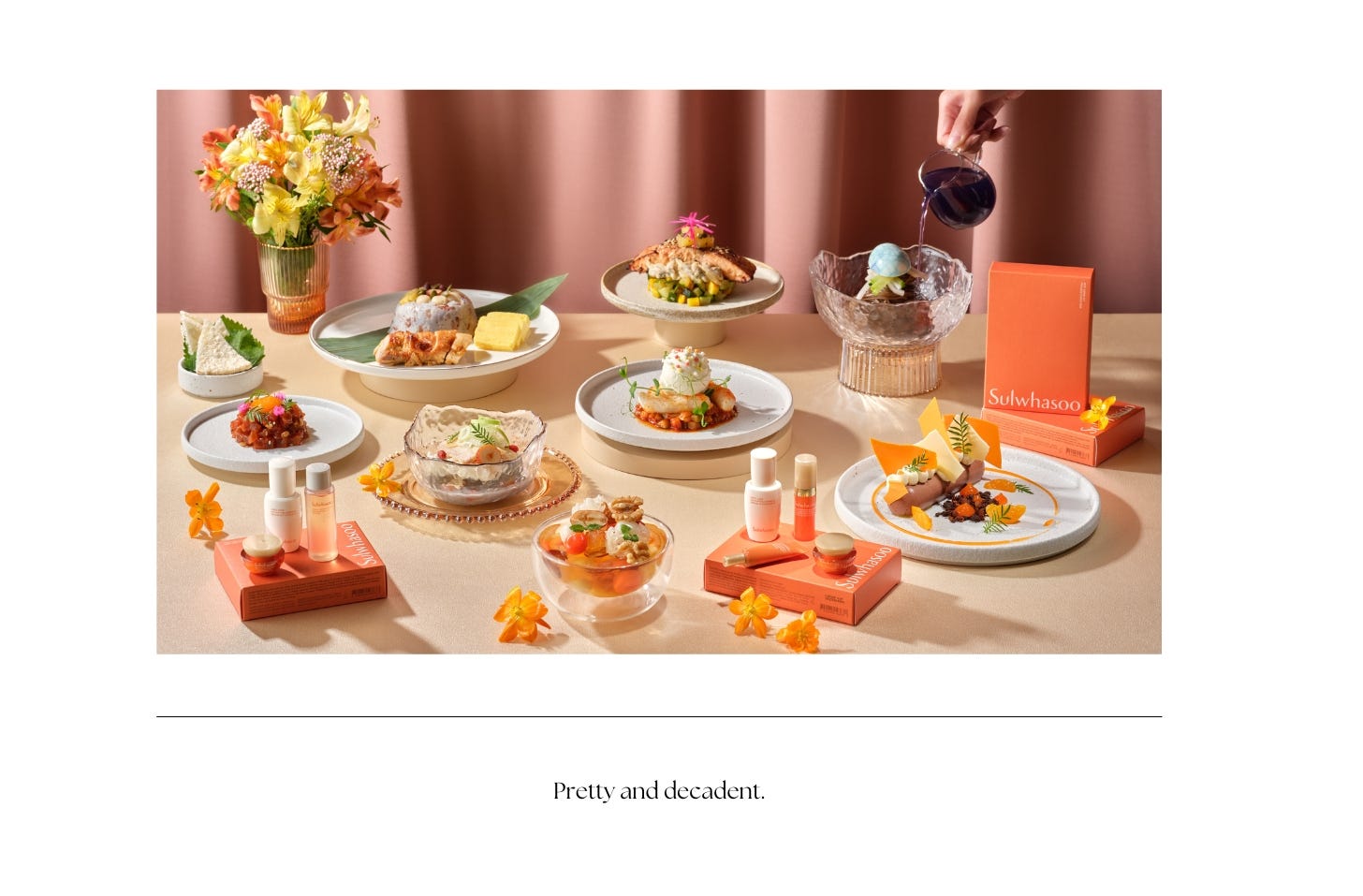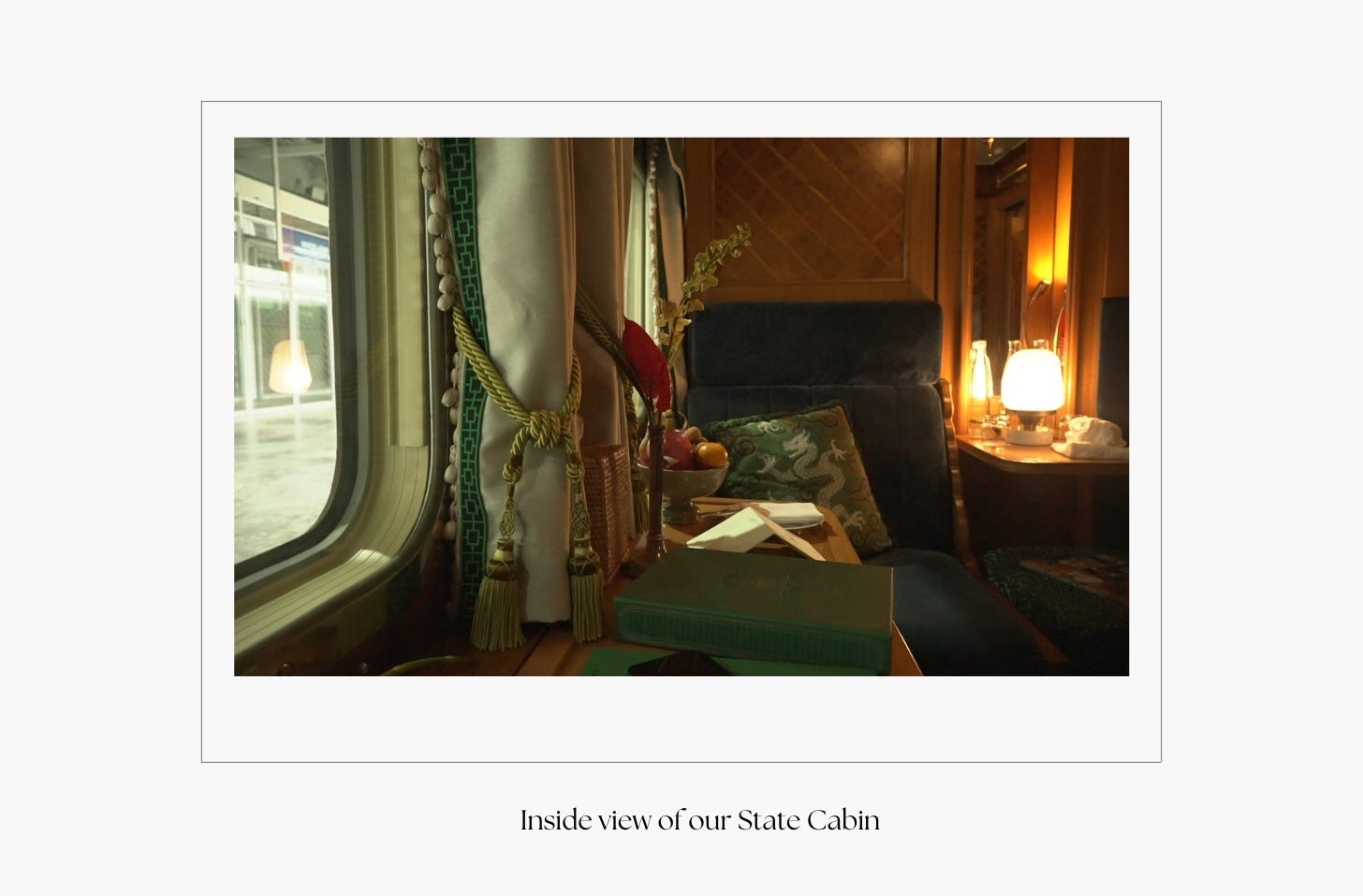Issue 9: The Conversation with Tamaki Nishimura
The founder of PlanetDao shares her vision for a community of shared co-owners through innovative heritage investment strategies.
Japan faces a significant demographic challenge with a rapidly aging population and a declining birthrate. This has led to a notable increase in abandoned temples and homes, known as akiya, particularly in rural areas as younger generations migrate to cities for work. Consequently, many smaller cities and towns are experiencing population decline, struggling to maintain infrastructure and community vitality.
The increasing number of elderly citizens strains social security and healthcare systems, while the shrinking workforce creates labor shortages. Experts predict that the number of akiya could rise dramatically in the coming years, posing challenges for urban planning and potentially impacting the aesthetic and safety of some regions. This demographic shift necessitates innovative solutions to revitalise local economies and support the aging population.
I first got to know more Tamaki Nishimura’s project called PlanetDao from my ex-colleague Chia Fang, when the latter moved to Tokyo and began working on this start-up. In a nutshell, Planet Dao aims to revitalise Japan's cultural heritage by transforming abandoned properties into unique rentals. It operates as a Decentralised Autonomous Organization (DAO), allowing global investors to co-own these properties. Leveraging blockchain for transparency, Planet Dao seeks to preserve historical buildings and foster community engagement, offering investors unique cultural and potential financial returns.
Tamaki-san, who has start-up experience (she worked on building a Japanese version of Airbnb with NTT Docomo) was keen on the DAO concept and connecting individuals to work on the same goal together.
Share with us what is your background in studies and what jobs did you hold before you decided to be an entrepreneur?
I started my career at Gaiax, a startup studio in Japan. I worked directly under the founder and CEO, who had led the company to an IPO at just 30 years old. Being surrounded by start-up founders and CEOs every day, it felt natural—even expected—that I would one day start something of my own.
My first venture was a cultural experience platform in partnership with Japan’s largest telecom company, NTT Docomo. It was similar to Airbnb Experiences. I also organised large-scale events like geisha performances in Hakone, working with Odakyu Group.
Beyond building the platform, I hosted many of the experiences myself—welcoming over 2,000 international travelers. Seeing people fall in love with Japan firsthand made me realise how powerful cultural connection can be, and I absolutely loved being a part of that journey.
How did the idea for PlanetDao start?
Through my last venture, I discovered a powerful insight: what’s considered “too ordinary” for many Japanese people can be deeply meaningful to people from overseas. That gap held so much potential.
I saw how Web3 and DAO models could help bridge that gap—connecting people who love Japan with the cultural properties at risk of being forgotten, while also giving them a real stake in preservation. That’s how the idea of PlanetDAO was born: to combine blockchain technology with cultural preservation and shared ownership.
I wrote more about how it all began here: It All Starts With a Scribble
Was it difficult to convince people of your business model? And was it hard to raise funds?
Yes—especially in the beginning. Before launching our first fundraising round, we spent months doing groundwork. We interviewed at least 20 people who we thought might be interested, and honestly, we received a lot of tough feedback. Some questioned the use of the word “investment” when talking about cultural heritage. Others asked how we planned to reach overseas audiences or navigate the complex legal landscape around investing in Japanese property.
The legal structure was the biggest hurdle. I wrote about this in my Substack as well, but Japan’s strict regulations on crypto and securities—shaped by past incidents like Mt. Gox and Coincheck—forced us to abandon the idea of incorporating blockchain at the early stage. We had to build an entirely compliant legal and financial model from scratch.
The first 10 million yen was the hardest to raise. I didn’t come from a finance or real estate background, so I was starting from zero. We were fortunate that friends believed in us and helped spread the word. One pivotal moment was when Shogo, a YouTuber with over 1 million subscribers who creates content on Japanese culture, became our first major supporter. He invested 1 million yen and featured us on his channel—which helped us build our first real fan base.
After that, things began to shift. People started talking about us, and those who resonated with our mission came forward to invest. But gaining credibility—especially with overseas investors—was still a challenge. We were a small, unknown startup backed by another small, unknown company.
To build trust, we opened up our personal calendar so anyone could book a session and speak with me directly. That openness and transparency helped us gradually grow the community that is now PlanetDao.
Why did you want to work on Japan's abandoned temples and onsens? Is preserving heritage an important value to you?
Spending time with people from overseas constantly made me reflect on how Japan can remain competitive on the global stage. Although Japan was once one of the world’s largest economies, it has been losing ground. Still, we have so many unique strengths—our pop culture, natural beauty, craftsmanship, infrastructure, and rich historical heritage.
Yet, that historical and cultural heritage has been largely overlooked since the rapid post-war economic growth. I realised it just needs to be “produced”—shared and presented—in a way that resonates with today’s global economy. My past work connected people to Japanese culture, and I realised that’s the value I bring: being a bridge between local heritage and global community.
How can members of the public start to get involved with your projects?
When fundraising is open, you can sign up as an investor by clicking the “Become an Investor” button on our website.
When it’s not open, you can subscribe to our newsletter to stay updated on upcoming locations and future opportunities.
How many team members are working with you now and what are their responsibilities?
We’re a small but diverse core team of five, with members from Japan and others who have worked across Asia in fields like hospitality, marketing, education, and tech.
We operate in a lean and agile way — supported not only by our core members but also by part-time collaborators, local partners, and experts who join us on specific projects.
In addition, we work closely with Gaiax, our lead investor, who provides us with valuable support in areas like finance, accounting, and design.
Here are the 4 core members and what they do:
Wassan handles local community relations.
CF leads our marketing and PR strategy.
Monika is focused on building PlanetDAO’s international fan base.
Toyo manages location sourcing across Japan.
What are some of the prerequisites for the properties you choose? Must they have heritage or cultural value?
Yes, cultural value is a key factor, but it’s not the only one. We look for:
A story and intention to preserve – We prioritise properties whose owners care about preserving them, especially if they are already registered as cultural heritage.
Accessibility – Properties should be reachable from major cities like Tokyo or Osaka (especially for international investors), or be in uniquely attractive rural areas worth visiting.
Local partnerships – We only take on properties where we can work with trusted local partners. Since we operate across Japan, it’s critical that each location has a reliable team on the ground who understands the community and can help run the site sustainably.
Could you share where some of these properties are located? And what other prefectures will you be targeting in the future?
Right now, we have two properties that are fully funded and currently in the planning and design phase:
A 170-year-old temple in Nachi, Wakayama—part of a UNESCO World Heritage pilgrimage route, and we plan to welcome guests around Q1 2026.
A seaside traditional home in Hayama, Kanagawa—just south of Tokyo and a popular summer getaway for locals.We are aiming to open it in Q4 2025.
Coming soon, we’re working on 重要文化財(important cultural heritage): government-registered cultural properties in Shiga and Niigata. These places are full of untapped beauty and history, and we’re excited to open them up to a wider global audience.
For travelers coming to Japan, I would encourage you to go beyond the big cities. Some of the most meaningful experiences come from exploring quieter, lesser-known places where local stories and traditions are still very much alive.
Through PlanetDao, you can help preserve those stories — either by investing in our projects or by staying in the properties we renovate and bring back to life for future generations.
Where can we find Tamaki-san when you're not working?
In the park, in the mountains, or at a campsite—especially in summer! I have two very energetic little kids, so weekends are all about letting them run wild in nature.
My next big personal goal is an ultramarathon. I’d love to run it in one of our PlanetDao locations—maybe Nachi or Sado Island!
The Latest in Life & Style
1. Dreaming of memories with Nani Hirunkit Changkham
Thai actor Nani Hirunkit Changkham made a special appearance at the House of Memories pop-up recently on 8 May. Taking place at 265 Beach Road, other guests in attendance included Chen Yixin, Saffron Sharpe, Alfred Sun, and David Eung Hao from Singapore; Gaston Pong, Junees Teoh, and Joe Shiang from Malaysia; Andira Hadley, Helen Hiu, and Kyra Nayda from Indonesia; Rei Germar, Bella Racelis, Ida Wyococo, Lharby Policarpio, and Onie de Guzman from the Philippines; Nattamon Chokejindachai, Suphitcha Subannaphong, and Napat Vikairungroj from Thailand; and Huang Long and Bim Nguyen from Vietnam.
While guests journeyed through the popup reimagining memories through scent, the evening came alive in a celebratory mood through a dynamic set played by DJ Ashley Kiara.
Due to overwhelming response, Maison Margiela Fragrances will be extending the House of Memories pop-up in Singapore until 25 May 2025.
The immersive space invites fragrance enthusiasts to discover the brand’s signature scents and enjoy a curated menu of sweet treats at the Afternoon Delight Café—a sensorial tribute to the latest Replica fragrance, Afternoon Delight. For each purchase of a 100ml fragrance, customers will receive an exclusive gift box signed personally by Friend of the Brand, Nani Hirunkit Changkham, while stocks last.
For more information on the House of Memories exclusives, visit the Maison Margiela Fragrances Lazada microsite.
Popup details: 1 May 2025 to 25 May 2025
Address: 265 Beach Road, Singapore 199544
Opening hours: Monday to Friday: 11AM – 8PM | Saturday, Sunday, & Public Holidays: 11am – 10pm
2. A sweet experience like no other
I last wrote on Instagram about how fashion and beauty brands in Singapore are increasingly incorporating cafes into their retail spaces to create a more immersive and engaging consumer experience. This strategy aims to transform shopping from a purely transactional activity into a lifestyle experience, fostering brand loyalty and attracting new customers.
Building on the overwhelming success of the Sulwhasoo x Sofitel Ginseng Afternoon Tea last year, global luxury brand Sulwhasoo and French luxury hotel Sofitel Singapore City Centre are teaming up for the second year running to present Sulwhasoo Café—a wellness-led culinary experience taking over 1864, the hotel’s stylish bar and lounge, from 17 May to 13 July, 2025, 11am to 6pm daily.
The menu draws inspiration from K-beauty rituals, time-honored ingredients, and the philosophy of holistic beauty. Guests can choose from a two-course menu—consisting of a main and starter or dessert—at S$45, a three-course experience—consisting of a starter, main, and dessert—at S$65, or experience the menu à la carte. Guests can continue the ritual back home with a complimentary Sulwhasoo beauty kit, available with qualifying spends.
For reservations or enquiries, guests can visit http://bit.ly/sulwhasoo-cafe-by-sofitel, call +65 6428 5000, or email HA152@sofitel.com
Travel Inspiration
The luxury train's initial rocking and jostling gave way as the State Cabin's surprisingly comfy pullover bed immediately lulled me into a deep sleep. By the next day, I had awoken in the state of Pahang, Malaysia, having left from Woodlands train station in Singapore. Having recently relaunched after a period of refinement, the Eastern & Oriental Express, a Belmond Train, now operates with a seamlessness that belies its relatively recent return to service. It first started hitting the rails in 1991 and had stopped its services due to the COVID pandemic. A deliberate four-year pause then allowed for meticulous restoration and a profound infusion of care.
My friend, Kelly Lin, a talented documentary producer at Sorahouse – my favourite sleepover buddy, as I like to call her – and I were onboard its Wild Malaysia excursion, which runs from March to October. Travellers will get to step foot into Taman Negara, Malaysia’s well-loved National Park which houses both inactive and active caves like Gua Sisik Naga (Dragon’s Scales Cave) and Gua Tahi Bintang (Shooting Star Cave) and learn about the caves’ formations. After squeezing in through some tight spaces, watching thousands of bats fly over our heads, mouthing ‘ooh’ and ‘aahs’ to snakes’ shedding skins, seeing how our tiny human feet filled a fossilised elephant’s track and admiring flickering stones, we stopped for a little afternoon delight of wine and cheese, thanks to the Belmond team who went all out with a spread for us. A little wine won’t hurt anyone outside the caves.
Kelly, who went on a separate Capturing Wild Malaysia tour, got to learn more about flowers, edible leaves with medicinal benefits, and even spotting gibbons producing hoo calls in the trees.
Another group of travellers joined a tour on wildlife conservation efforts by specialist wildlife guides on how to spot tiger’s markings on ground and trees.
It was a wonderful stop in the oldest known primary rainforest in the world, which is said to be 130 million years ago.
Editor’s Note
On one balmy Thursday evening, at a beauty brand's pop-up along Beach Road in Singapore, I had a quick, candid chat with an old friend, Cheryl, whom I knew from her HBO days, and now in a business development role with a PR agency.
I had quickly come to realise that I had reached a year since my retrenchment at Yahoo, where I spent some good six years growing the lifestyle, entertainment and commerce beats with my team. Far from the corporate life, I then used that one year to start a content agency, created personal branding content for a client in the healthcare industry, freelanced for magazines, started my newsletter — then, my website — and travelled around Asia. I even travelled three times to Japan for travel assignments — and once for a personal trip in that span of a year!
That was a year where I truly spent time building things for myself, and channeling energy where it matters. The very essence of creativity is the journey, not the destination. By staying present, I got to seek out creative expressions without overthinking the process. This was when I realised with my last role in corporate, I was incessantly challenged about each and every risk of future projects, without allowing the idea come to fruition organically.
If we are too careful about our every single step, then we won't come to enjoy and learn along the journey and treat it merely as a task. Creatives like us can't work that way as there are so many nuances tied to each step or movement. As I come to executing my own ideas and putting it out at my own terms, at least I know it's done at my best ability, here and there.
In a world where we are constantly pushed more and more, sometimes it's more important now to make space to create, create, create.
Send me emails: reta@theconversationwith.media
See you in June x


